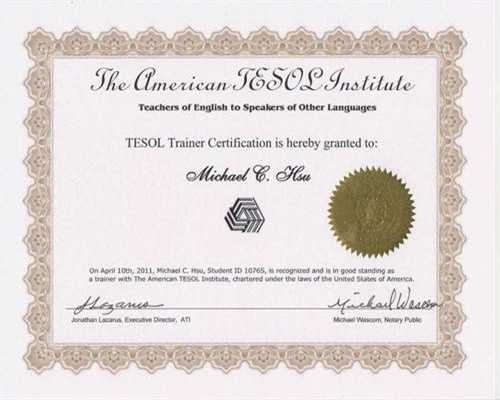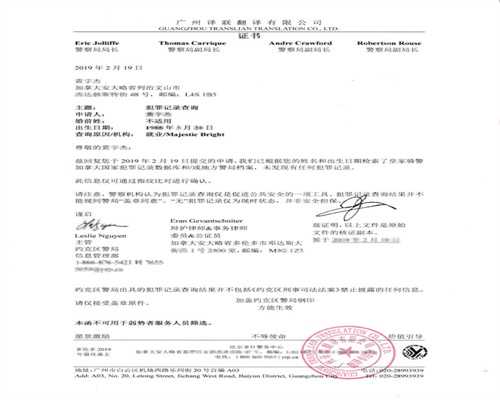日语翻译主要表现在哪些方面?
is only used at the end of the sentence to express questions, and there is no question mark added to the sentence. Moreover, there is a certain difference between the Japanese comma and the Chinese sentence in whether the comma means expecta...
日语翻译要注意文法习惯和翻译技巧,在实际表达习惯上还是有不少区别的,下面上海臻云翻译公司给大家分享日语翻译主要表现在哪些方面?
Japanese translation should pay attention to grammar habits and translation skills, there are still many differences in the actual expression habits, Shanghai Zhenyun translation company to share with you the main aspects of Japanese translation?
1、句子的结构不一样
1. The structure of the sentence is different
在汉语中动词在前,名词在后,就像是中文中的“读书”,“读”是动词,“书”是名词,而在日语中,我们看到它会被写作「本を読む.読書をする」,名词在前,动词在后。所以在进行日语翻译的时候,我们要优先理解日语的语言结构,这也是我们进行翻译最基础的部分。
In Chinese, the verb is in front of the noun, just like the Chinese "reading book". Reading is a verb, and "book" is a noun. In Japanese, we can see that it is written as "Ben をむ読をするをるをするをるをるをするをるるをる", the. Therefore, in Japanese translation, we should give priority to understanding the language structure of Japanese, which is also the most basic part of our translation.
2、标点符号的使用
2. Use of punctuation marks
学过日文就会发现,日语中的标点符号其实并不算多,也有和中文类似的标点,但每个标点符号所表示的意思和中文也不全然相同。比较明显的是日文中的疑问句,仅在句末使用终助词「か」来表达疑问,并不会给句子加上问号,还有在日语中的逗号是表示预期、强调,和在中文句子中的完结含义还是有一定的区别的。所以在进行日文翻译时,一定要注意整篇段落和助动词的使用等情况,来确定标点符号的用法。
After learning Japanese, we will find that there are not many punctuation marks in Japanese, and there are similar punctuations with Chinese, but the meaning of each punctuation mark is not exactly the same as that of Chinese. It is obvious that in Japanese interrogative sentences, the final auxiliary word "か" is only used at the end of the sentence to express questions, and there is no question mark added to the sentence. Moreover, there is a certain difference between the Japanese comma and the Chinese sentence in whether the comma means expectation, emphasis, and the ending meaning in Chinese sentences. Therefore, in Japanese translation, we must pay attention to the use of the whole paragraph and auxiliary verbs to determine the use of punctuation.
3、要了解特定日语的译法
3. To understand the translation of specific Japanese
在进行日语翻译的过程中,有的词汇必须要尝试了解当地的文化背景,身临其境地去体会,才能够准确地理解日语原文中的深层含义,才能够理解到作者的想要表达的精髓。
In the process of Japanese translation, some words must try to understand the local cultural background and experience it personally. Only in this way can we accurately understand the deep meaning of the original Japanese text and understand the essence of the author's expression.
4、汉字用法的不同
4. Different usages of Chinese characters










